Compact Electric Vehicles: The Future of Urban Mobility in 2025
Introduction
As urban centers grow and populations swell, the need for efficient, sustainable, and convenient transportation solutions becomes increasingly critical. Compact electric vehicles (CEVs) have emerged as one of the most promising answers to these challenges. As we look toward 2025, CEVs are poised to redefine urban mobility by offering a practical, eco-friendly alternative to traditional gasoline-powered cars and larger electric vehicles. This article explores the evolution of CEVs, their benefits, challenges, and their potential role in shaping the future of transportation in cities.
The Rise of Compact Electric Vehicles
Over the last decade, environmental concerns and advancements in battery technology have sparked a revolution in the automotive industry. The shift toward electric vehicles (EVs) began to gain momentum as governments around the world instituted stricter emissions regulations and consumers became increasingly aware of the environmental impact of their transportation choices. Compact electric vehicles have emerged as a key player in this transition, providing a smaller, more efficient alternative to larger electric cars.
Key Features of Compact Electric Vehicles
CEVs are characterized by their small size, lightweight design, and electric powertrains. These vehicles are typically designed for urban environments, where space is at a premium and the need for maneuverability is essential. Several key features make CEVs particularly suited for city driving:
- Small Footprint: CEVs are designed to occupy less road space, making them ideal for congested urban areas.
- Energy Efficiency: These vehicles boast high energy efficiency, allowing them to travel longer distances on a single charge compared to larger electric vehicles.
- Low Operating Costs: With fewer moving parts and lower maintenance requirements, CEVs offer significant savings in operating costs.
- Environmentally Friendly: By producing zero tailpipe emissions, CEVs contribute to cleaner air and reduced greenhouse gas emissions.
- Advanced Technology: Many CEVs come equipped with the latest technology, including smart connectivity features, autonomous driving capabilities, and advanced safety systems.
The Benefits of Compact Electric Vehicles
CEVs offer numerous advantages over traditional vehicles, making them an attractive option for urban dwellers. Here are some of the most significant benefits:
1. Sustainability
CEVs are designed with sustainability in mind. By utilizing electric powertrains, these vehicles produce zero emissions during operation, significantly reducing the carbon footprint associated with personal transportation. As cities strive to meet environmental targets, the adoption of CEVs aligns with broader sustainability goals.
2. Reduced Traffic Congestion
With their compact size, CEVs can navigate tight city streets and fit into smaller parking spaces, helping to alleviate traffic congestion. By reducing the number of larger vehicles on the road, CEVs contribute to smoother traffic flow and shorter commute times.
3. Cost-Effectiveness
CEVs typically have lower upfront costs than traditional vehicles, especially as battery prices continue to decline. Additionally, the reduced cost of electricity compared to gasoline, along with lower maintenance costs, makes CEVs a financially attractive option for urban commuters.
4. Enhanced Urban Mobility
CEVs offer a flexible transportation solution that can serve various needs. They are ideal for short trips, daily commutes, and even shared mobility services. This versatility allows cities to build integrated transportation ecosystems that accommodate a diverse range of users.
5. Technological Advancements
As technology continues to evolve, CEVs are becoming smarter and more connected. Features such as real-time traffic updates, route optimization, and vehicle-to-vehicle communication enhance the overall driving experience and improve safety.
Challenges Facing Compact Electric Vehicles
Despite their many benefits, compact electric vehicles face several challenges that must be addressed to fully realize their potential in urban mobility:
1. Charging Infrastructure
The availability of charging stations remains a significant barrier to widespread CEV adoption. While many cities are investing in expanding their charging networks, the pace of infrastructure development must keep up with the growing demand for electric vehicles.
2. Range Anxiety
While advancements in battery technology have improved the range of electric vehicles, range anxiety remains a concern for potential CEV users. Ensuring that CEVs can meet the daily travel needs of urban residents is critical for encouraging adoption.
3. Public Perception
Some consumers may still harbor misconceptions about electric vehicles, viewing them as less reliable or less powerful than traditional vehicles. Educating the public about the benefits and capabilities of CEVs is essential for overcoming these barriers.
4. Cost of Ownership
While CEVs can be more cost-effective in the long run, the initial purchase price can still be a deterrent for some consumers. Incentives and subsidies may be necessary to make CEVs more accessible to a broader audience.
The Role of Government and Policy
Government policies play a crucial role in promoting the adoption of compact electric vehicles. As cities strive to reduce emissions and improve air quality, supportive policies can create an environment conducive to CEV growth. Here are some key areas where government action can make a difference:
1. Incentives and Subsidies
Financial incentives, such as tax credits or rebates, can encourage consumers to choose CEVs over traditional vehicles. Additionally, subsidies for charging infrastructure can help cities expand their networks and alleviate concerns about charging accessibility.
2. Zoning and Urban Planning
Urban planners can incorporate CEV-friendly policies into their designs, creating designated parking spaces, charging stations, and dedicated lanes for electric vehicles. This forward-thinking approach can enhance the viability of CEVs in urban environments.
3. Public Transportation Integration
CEVs can complement existing public transportation systems by providing last-mile connectivity. Integrating CEVs into public transport networks can offer users more flexible and convenient options for getting around the city.
4. Environmental Regulations
Governments can implement stricter environmental regulations that encourage the adoption of electric vehicles. By setting ambitious emissions reduction targets, cities can create a sense of urgency around the transition to cleaner transportation options.
Future Trends in Compact Electric Vehicles
As we approach 2025, several trends are likely to shape the future of compact electric vehicles and their role in urban mobility:
1. Increased Adoption of Autonomous Technology
Autonomous driving technology is expected to play a significant role in the future of CEVs. As self-driving technology matures, CEVs could become part of shared mobility services, reducing the need for personal vehicle ownership and transforming how people navigate urban spaces.
2. Integration with Smart City Initiatives
As cities increasingly adopt smart technology, CEVs will likely be integrated into broader smart city initiatives. This integration could include real-time data sharing between vehicles, infrastructure, and traffic management systems to optimize urban mobility.
3. Focus on Shared Mobility Solutions
The rise of shared mobility services, such as car-sharing and ride-hailing platforms, presents a significant opportunity for CEVs. These vehicles are well-suited for shared use, offering an efficient and eco-friendly option for urban transportation.
4. Continuous Improvements in Battery Technology
As research and development in battery technology continue, we can expect further enhancements in energy density, charging speed, and overall performance. These advancements will address many of the current limitations of CEVs, making them even more appealing to urban consumers.
Conclusion
As we look toward 2025, compact electric vehicles are set to play a pivotal role in the future of urban mobility. With their numerous benefits, including sustainability, cost-effectiveness, and enhanced maneuverability, CEVs present a viable solution for the challenges faced by modern cities. However, addressing the challenges related to infrastructure, public perception, and government policy will be crucial for maximizing their potential. By embracing CEVs and fostering supportive environments, cities can create cleaner, more efficient, and more sustainable urban transportation systems. As we move forward, the integration of technology, shared mobility solutions, and ongoing innovations will further shape the landscape of urban mobility, ensuring that compact electric vehicles are at the forefront of this transformation.
Explore

Compact Cars of 2025: Fuel Efficiency, Style, and Innovation for Urban Living
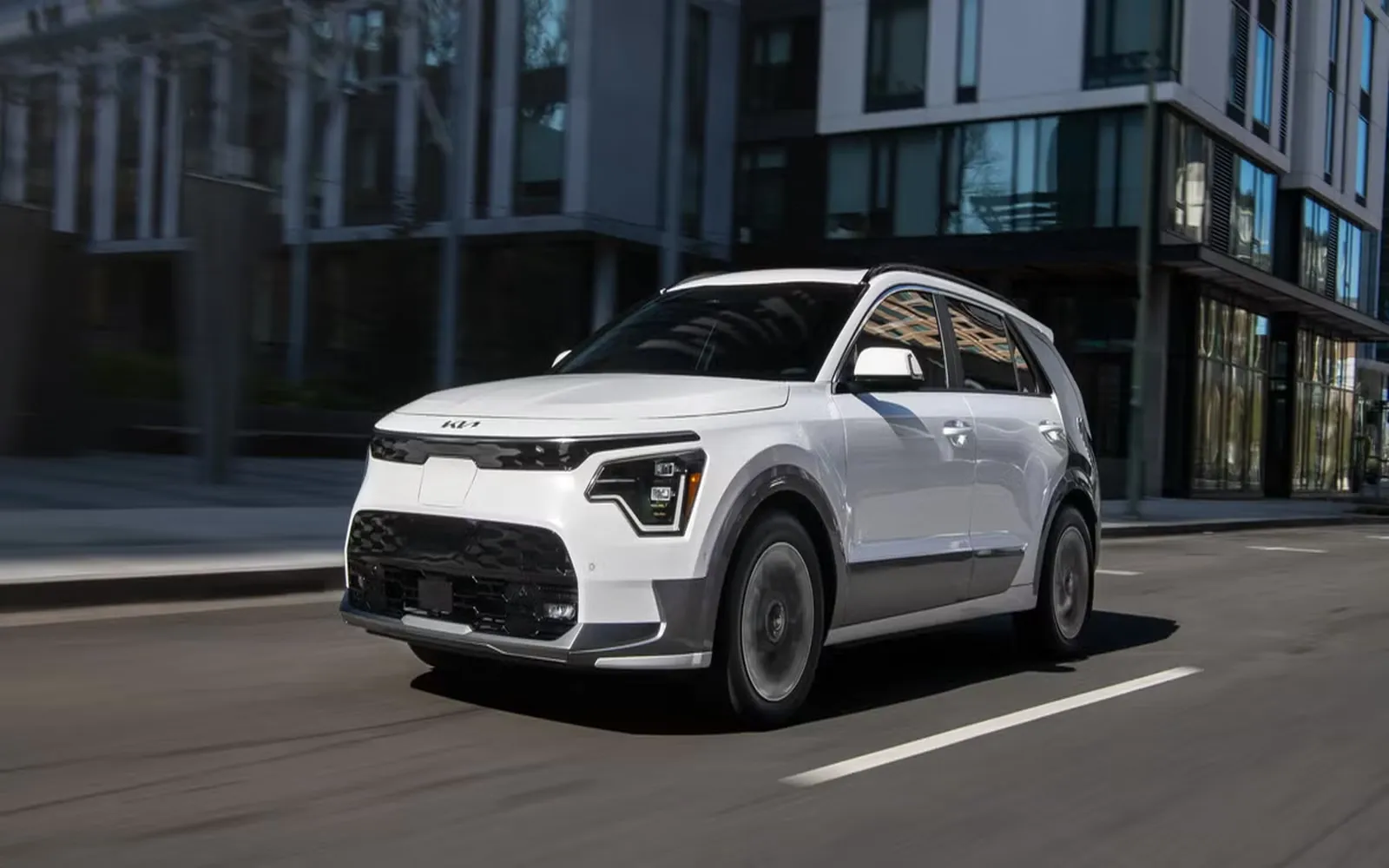
Hybrid Cars of 2025: The Best Eco-Friendly Vehicles for a Sustainable Future

10 Best Compact Cars of 2025: Fuel Efficiency, Style, and Performance
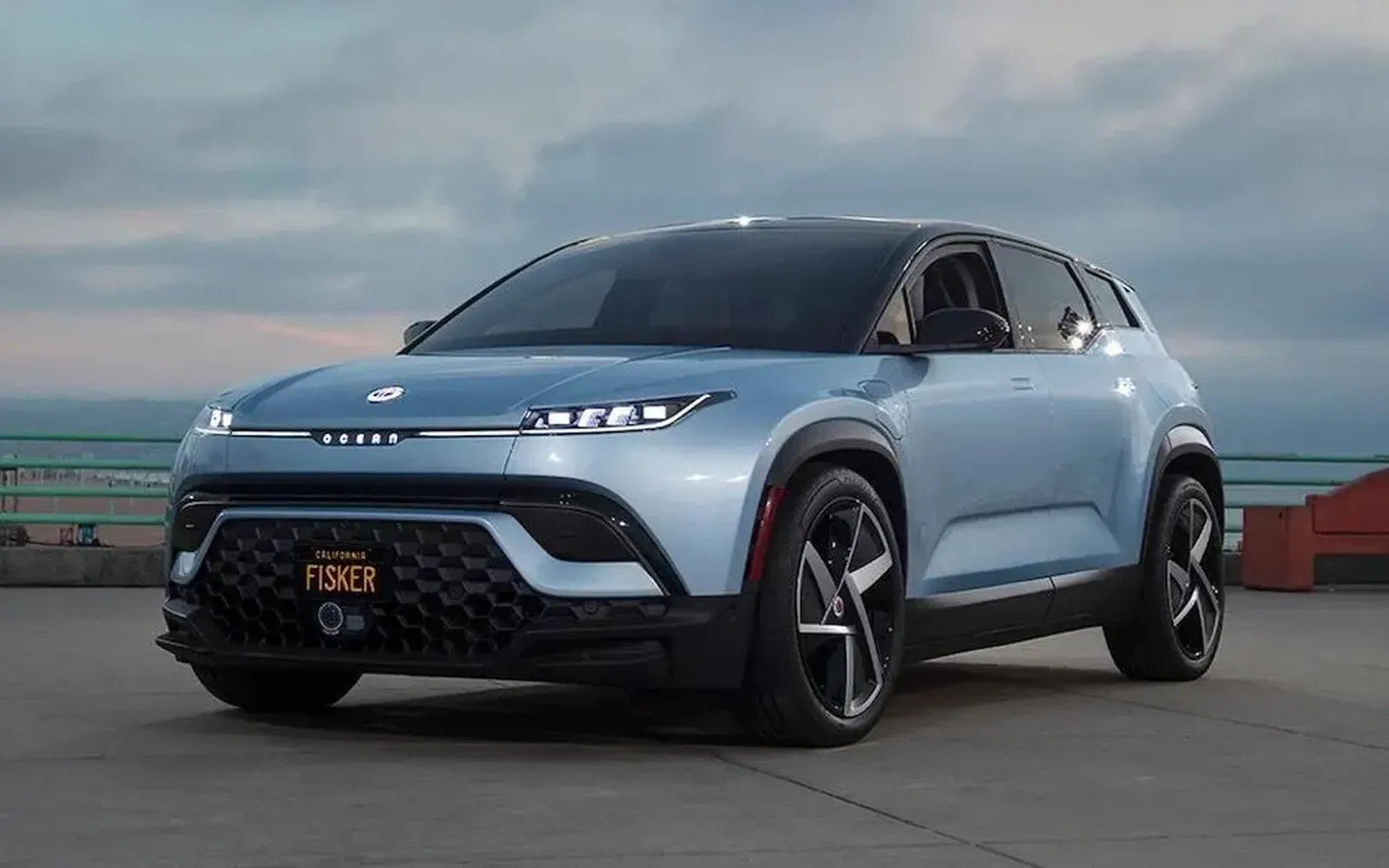
Electric Cars in 2025: The Future of Sustainable Driving and Innovative Technology
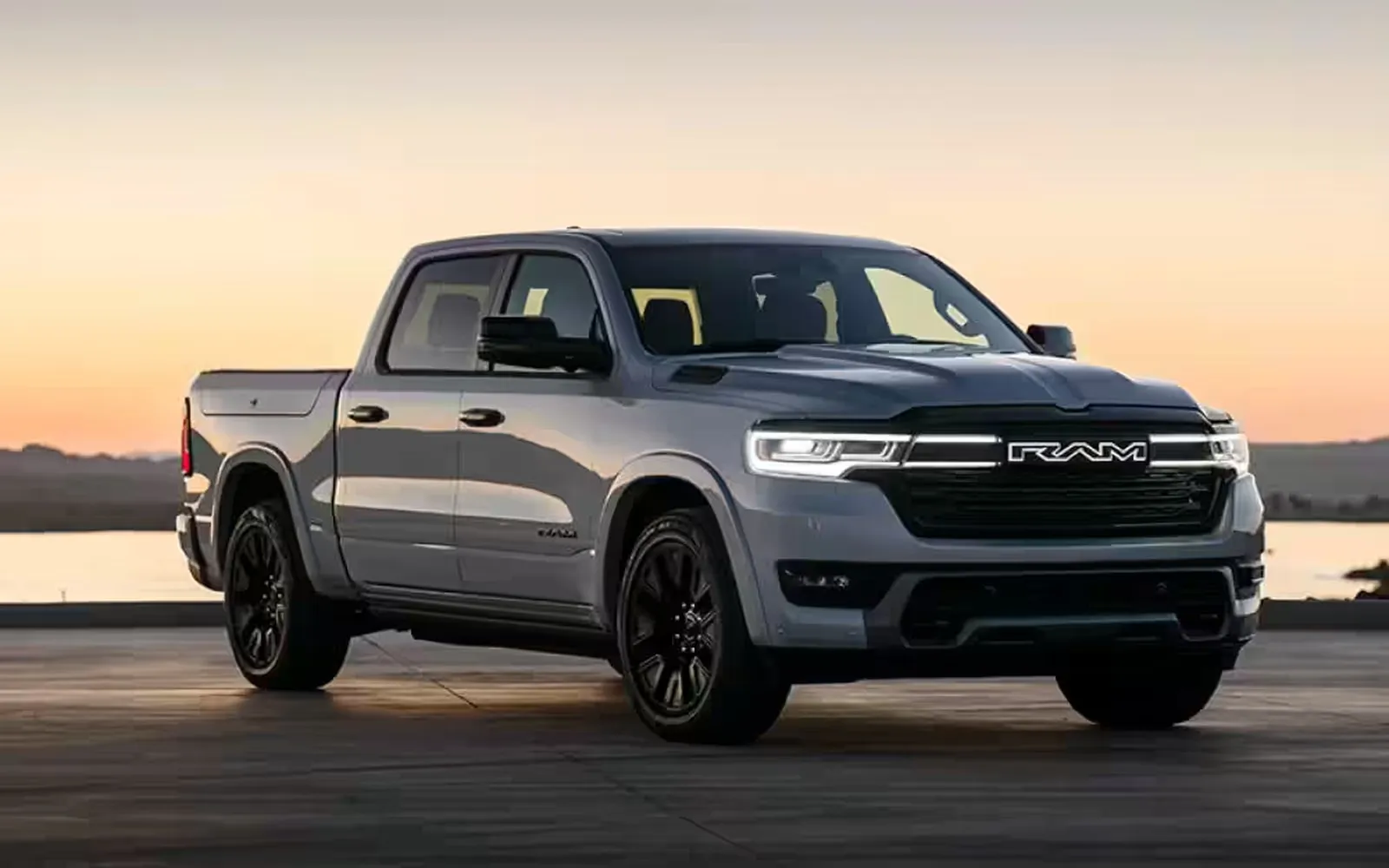
2025 Electric Pickup Trucks: Revolutionizing the Future of Eco-Friendly Hauling
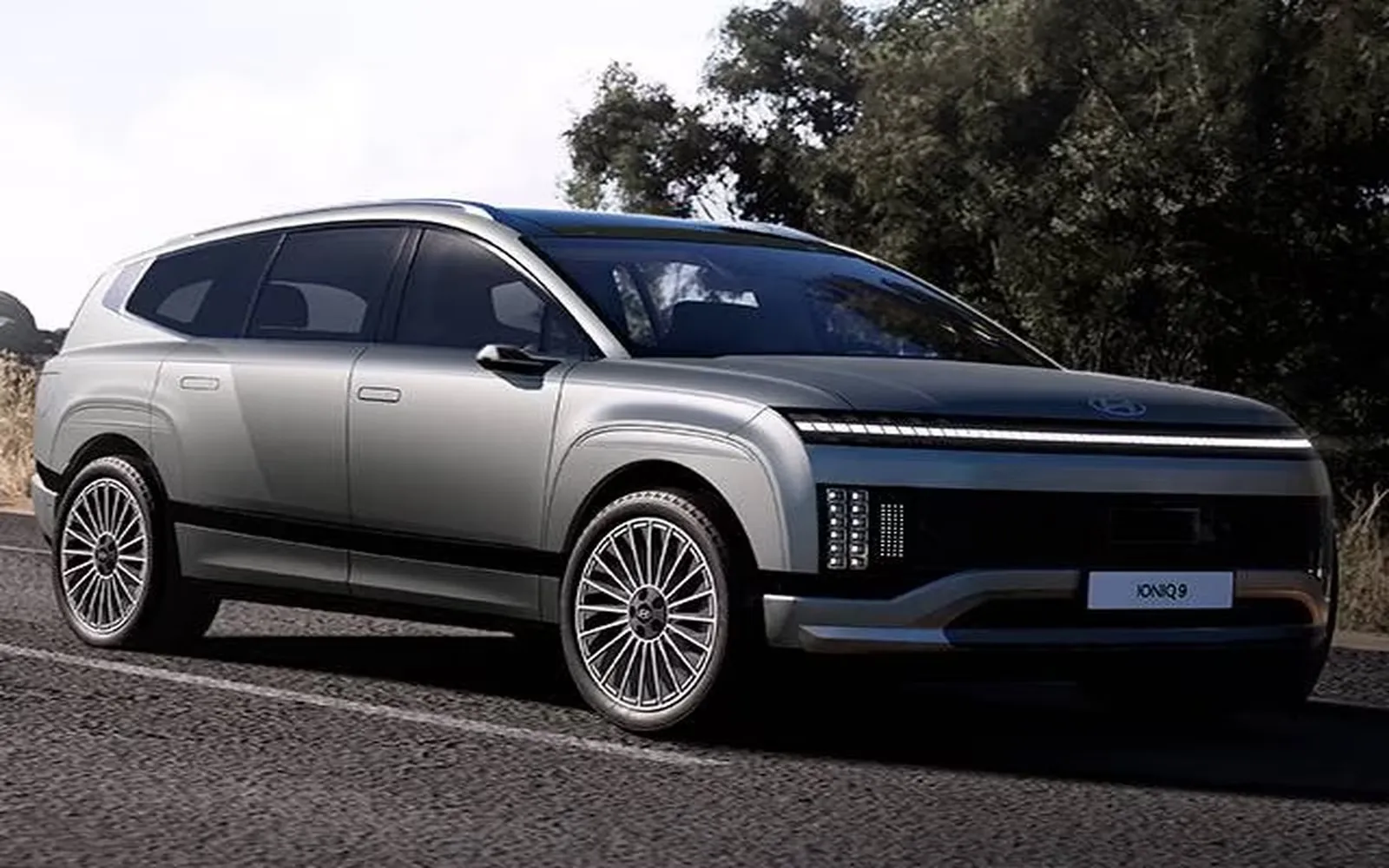
Electric Cars of 2025: The Best EVs to Drive into the Future
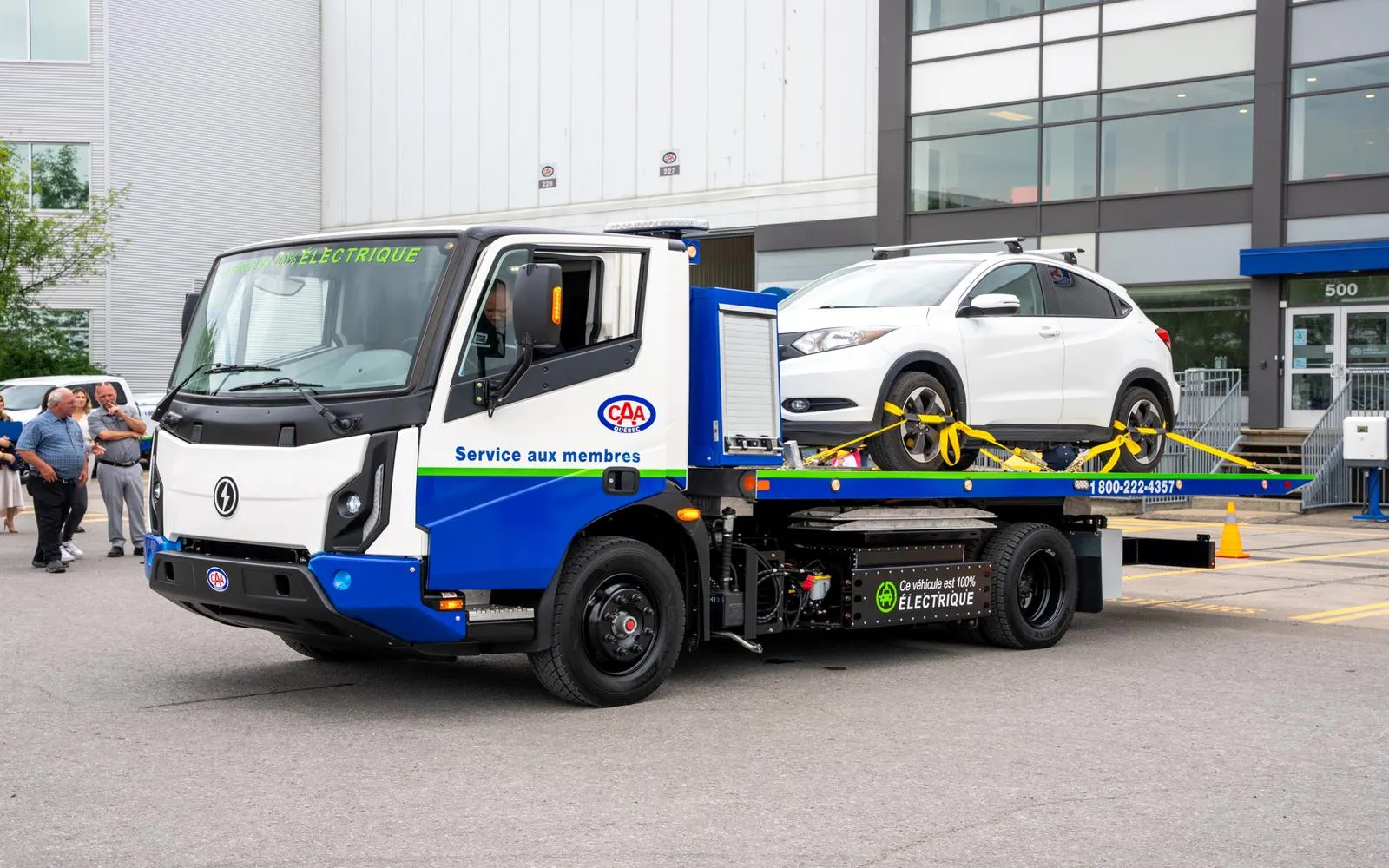
2025 Electric Trucks for Towing: The Future of Heavy-Duty Hauling

Electric Car Tax Credit 2025 — How to Save on Your Next EV Purchase
